A Scanner Darkly’s Timeless Dystopia

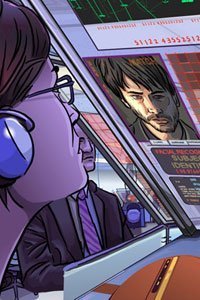

You’ve certainly seen the quirky, mesmerizing animation style. You probably know that Philip K. Dick’s novels were the inspiration for the movies Blade Runner and Total Recall. You may even know that A Scanner Darkly‘s pharmacological freefall is fueled in large part by the author’s own experiences. But does anyone know what this film is actually about?
Is this film is a cautionary tale of the slow, painful slide into madness brought on by substance abuse? Most of these characters are both sad and amusing, and seem to limp along just fine most of the time. These folks aren’t glorified, but they’re not vilified either.
Does is foresee the increasingly invasive surveillance and secrecy the loosing side on the “war on drugs” will employ? While it’s mildly amusing that the character’s paranoid ravings are far exceeded by the local authority’s actual surveillance, we frequently learn about even more shocking abuses of our civil liberties on the evening news.
Does it illuminate powerful sociopathic corporations maximizing their profits by commoditizing all facets of chemical dependence? Here again, our reality is more extreme, with big pharma already marketing “cures” for imaginary diseases, and pushing pain relievers that give us ultimate relief from life. The true origin of Scanner’s Substance D is almost anticlimactic.
Ultimately, A Scanner Darkly‘s most universal warning belongs to all ages, and applies equally to individuals and societies: “Battle not with monsters, lest ye become a monster.” Both Bob Arctor and his handlers gazed into Nietzsche’s abyss, and lost.
Written by Jeff in August of 2006. Last edited March 2019.
 Blue Moon Rising
Blue Moon Rising

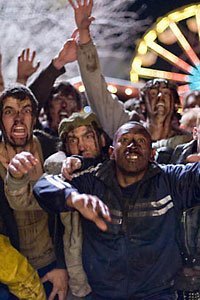


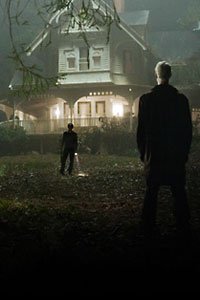



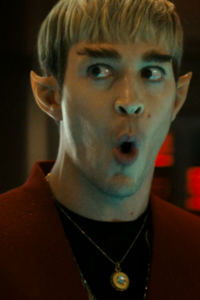
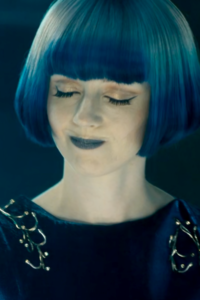





An interesting film with a deep and endless expressions of meaning.